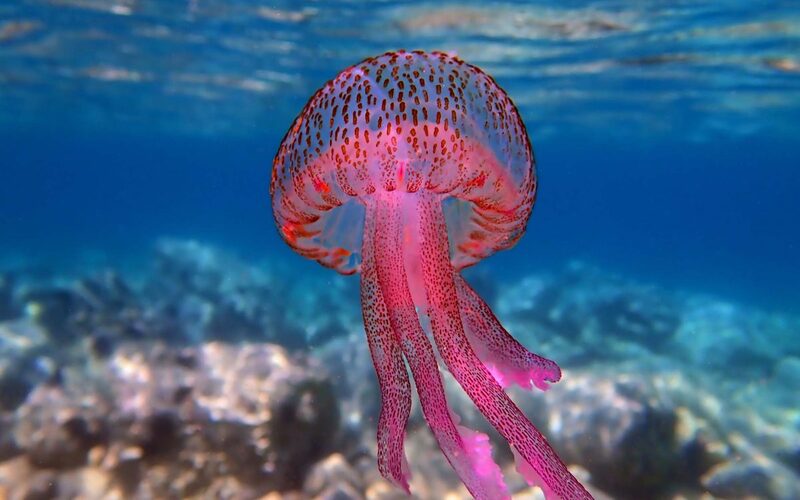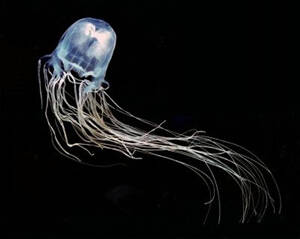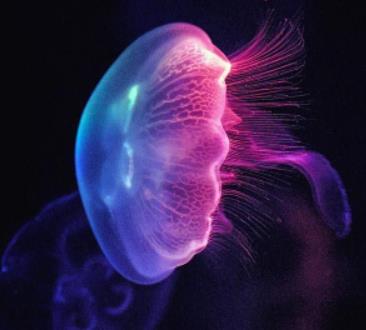Australian box jellyfish
IUCN
LCBasic Information
Scientific classification
- name:Australian box jellyfish
- Scientific Name:Australian box jellyfish,Sea Wasp
- Outline:Coelenterata
- Family:Cnidaria C.Cubozoa O.Cubozoa F.B.Jellyfish G.B.Jellyfish
Vital signs
- length:About 40 cm long, with tentacles up to 4.57 meters long
- Weight:Up to 2kg or more
- lifetime:No verification information
Feature
The transparent killer in the ocean
Distribution and Habitat
It mainly lives in tropical waters, mostly in the coastal waters of northeastern Australia, and often floats in shallow waters off the coast of Queensland.
Appearance
The Australian box jellyfish is a light blue transparent jellyfish that is shaped like a box with four distinct sides, each 20 cm long. It has 60 3-meter-long tentacles, each covered with stinging cells that store venom. Its important features are that its umbrella is in a three-dimensional box shape and it has four relatively sturdy tentacles. Its tentacles can be up to 3 meters long, and each tentacle is covered with stinging cells that store venom.
Details
The Australian box jellyfish, whose Latin name is Australian box jellyfish, has caused countless injuries or deaths to humans in the world and is considered the most deadly jellyfish.
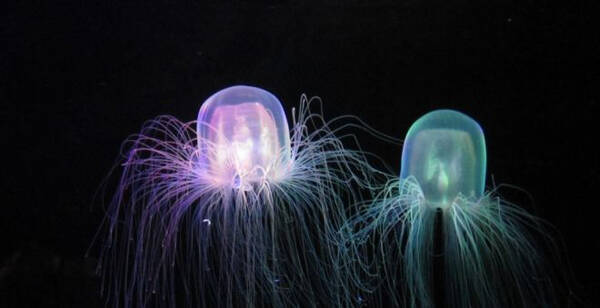
The Australian box jellyfish can swim at speeds exceeding 4 km/h. In hot weather, they dive into deep water and only come to the surface in the morning and evening. In calm weather, they swim to the beach. The main prey of box jellyfish is shrimp and small fish. The reproduction method is oviparous.
The transparent box jellyfish is a dangerous poison in the ocean. The Australian box jellyfish is the number one killer among them. It is also called sea wasp. There are more than 5,000 stinging cells and enough toxins to kill about 60 people on its dozens of tentacles. When they actively attack humans, they will throw their tentacles far away, first entangle the swimmer or diver, and then use venom to block the person's breathing. It is said that people attacked by sea wasps can only save their lives if they are injected with antidote within a few minutes after the attack.
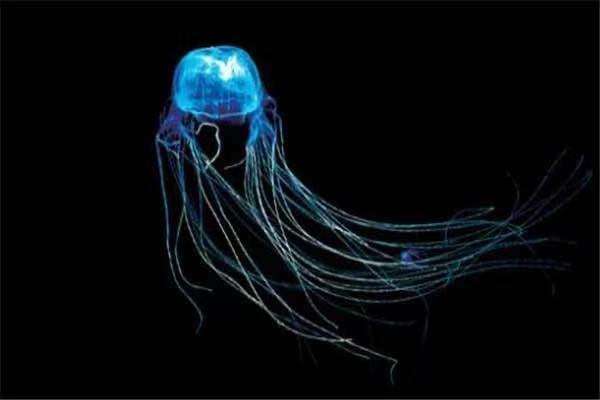
The Australian box jellyfish is one of the 10 most venomous animals in the world. The venom of this box jellyfish is more dangerous than that of a cobra. An adult box jellyfish is as big as a football, mushroom-shaped, and almost transparent. An adult box jellyfish has billions of venom sacs and stingers on its tentacles, enough to kill 20 people. It can be seen how toxic it is. Its venom mainly damages the heart. When the venom of the box jellyfish invades the human heart, it will destroy the consistency of the beating rhythm of the body's cells, so that the heart cannot supply blood normally, leading to rapid death.
The only way to avoid being attacked by sea wasps is to avoid swimming in the waters where this jellyfish appears. Warning signs reminding people to pay attention to this jellyfish have appeared on all beaches in northeastern Australia. Scientists are working hard to find more effective antidotes and ways to prevent its attacks.
Protect wild animals and eliminate game.
Maintaining ecological balance is everyone's responsibility!

